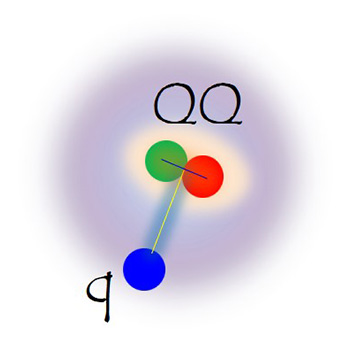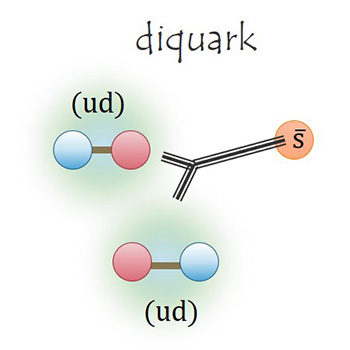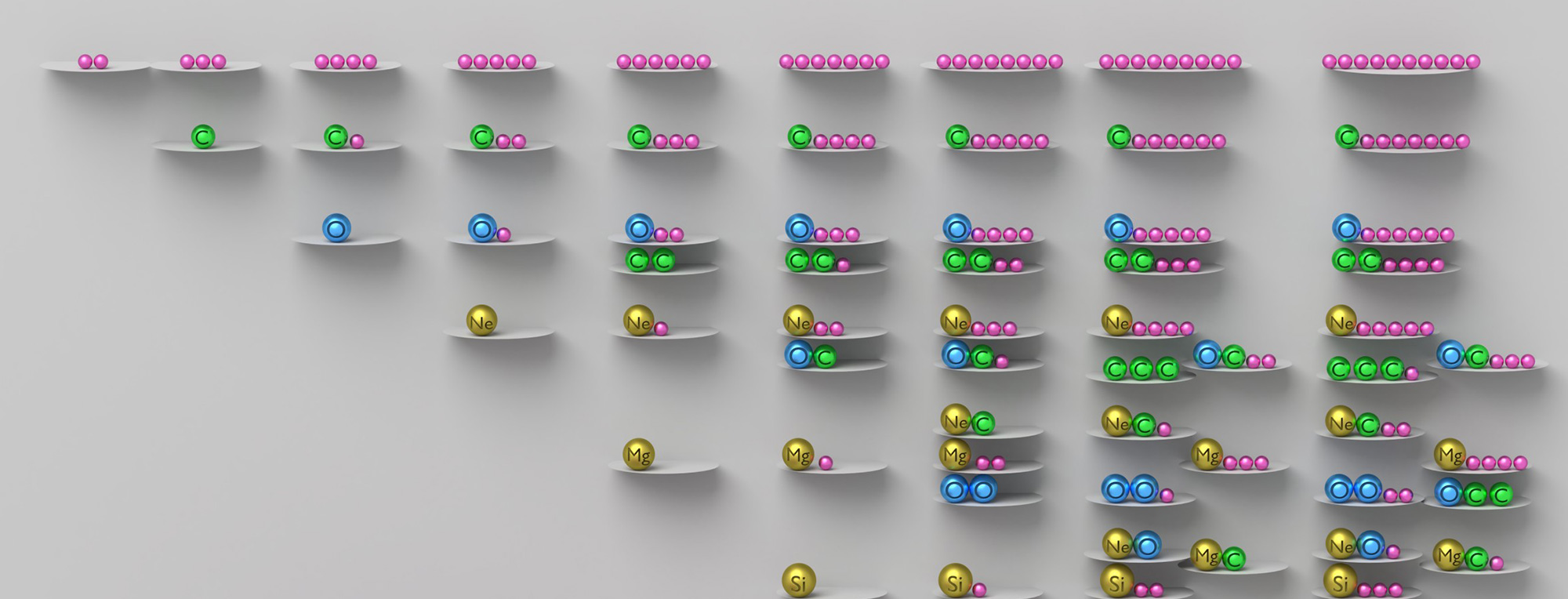Strange Baryon - Ξ,Ω particles
Exotic Hadron
-

Overview of spectrometer
-

Baryons composed of light quarks
-

Baryons consisting of two heavy quarks
-

Pentaquarks


Overview of spectrometer

Baryons composed of light quarks

Baryons consisting of two heavy quarks

Pentaquarks